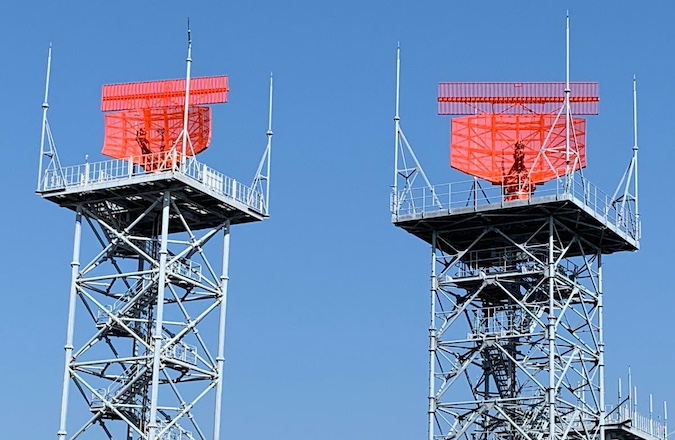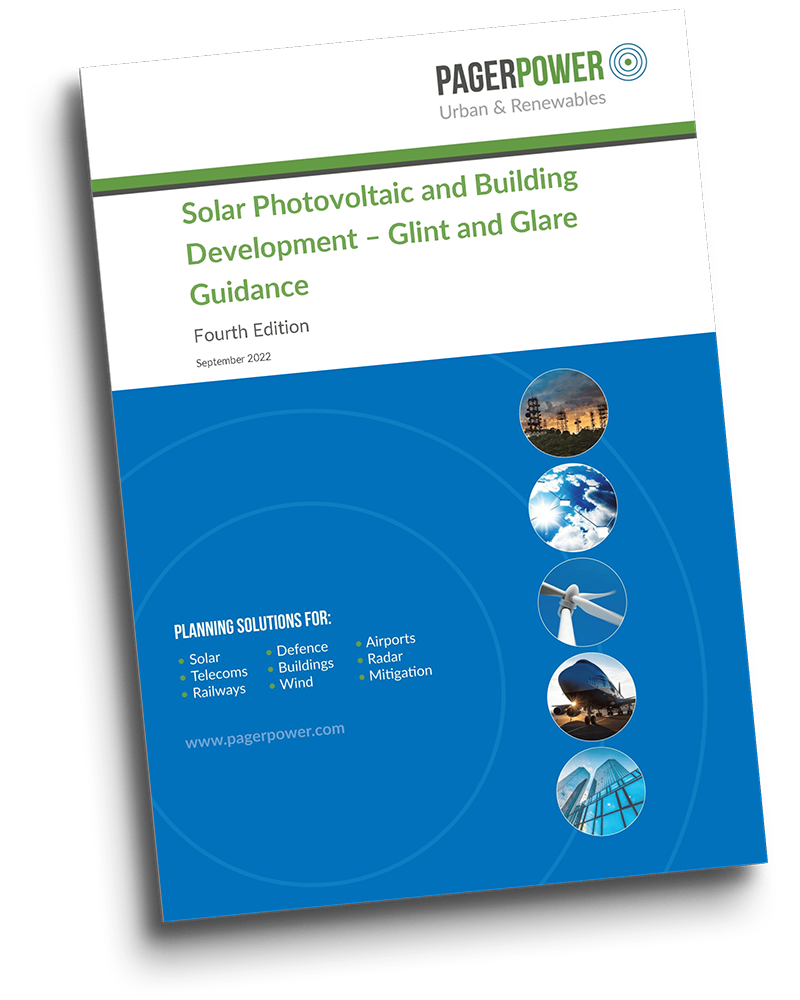What is Wide Area Multilateration (WAM)?
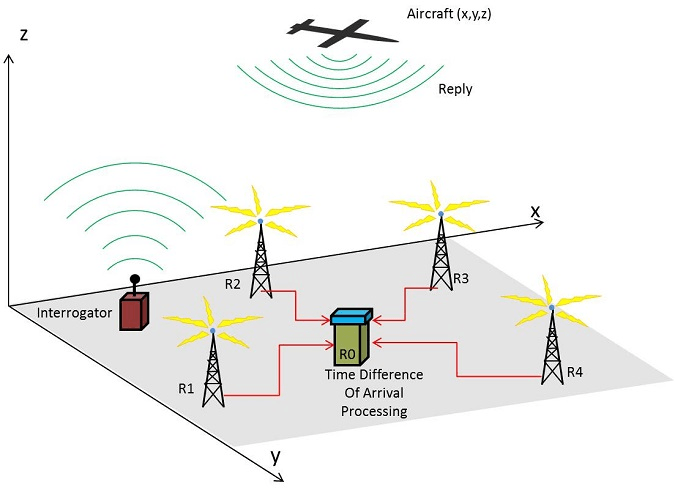
Wide Area Multilateration – usually shortened to WAM – is a surveillance system for monitoring aircraft.
Presently, surveillance of aircraft is usually achieved by means of radar. Air navigation service providers are interested in deploying alternatives to radar for various economic and technical reasons. WAM is one alternative.
How it Works
WAM makes use of a signal that is broadcast by the transponder of an aircraft. The signal is picked up by a number of receivers on the ground.
Based on the time difference between the arrival of the signal at each receiver, the position of the aircraft can be calculated. The figure below illustrates the setup.
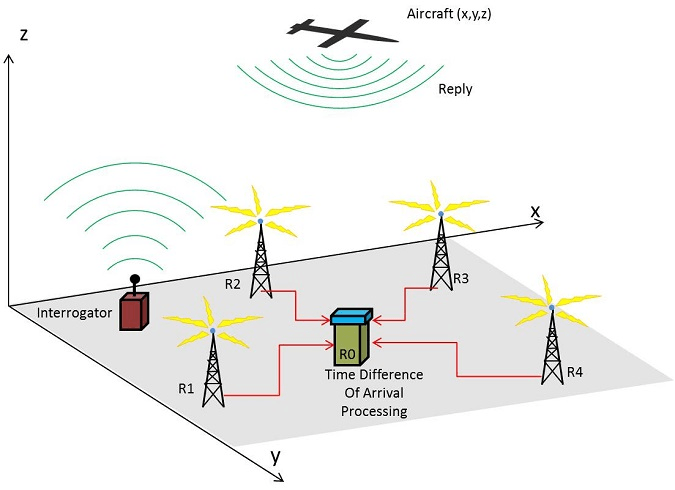
Requirements
A WAM system requires:
- A number of antennae on the ground that receive the signal
- A central processing station
- An aircraft that is fitted with a transponder
In order to calculate the position of the aircraft in 3D directly, the signal must be received by at least four antennae. It is also possible to estimate the position using just three antennae if target altitude is available from another source (such as Mode C).
Advantages
Particular features of WAM that make it an advantageous are:
- WAM makes use of existing transmissions – can be deployed without any changes to airborne infrastructure
- It is much less expensive than radar
- The system can be deployed in mountainous regions that are difficult to cover with radar
Disadvantages / Limitations
Issues with WAM that may make it less suitable than other surveillance systems include:
- The aircraft must be within the 2D area of the ground antennae for a high accuracy result
- The system will not detect aircraft without a transponder
- There are technical limitations associated with receiver characteristics
Implementation of WAM
Eurocontrol have produced documents regarding the approvals process for WAM, which is extensive. The diagram below is based on one provided by Eurocontrol (Reference 2).
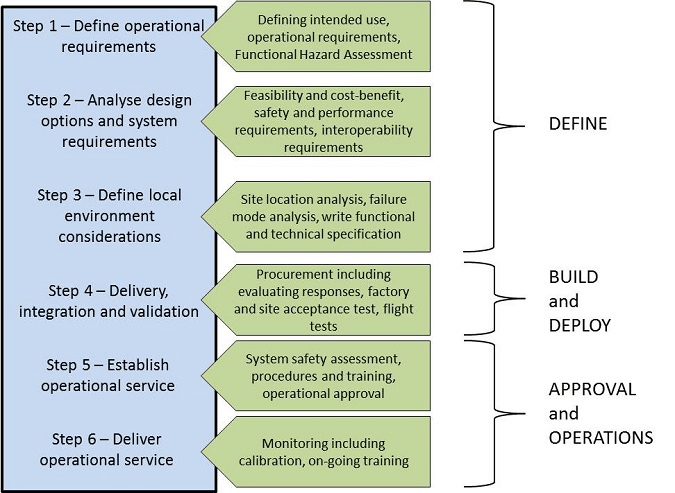
Use
Examples of operational WAM systems include:
- Four airports in Colorado, USA
- Juneau in Alaska, USA
These systems have facilitated increased arrivals per hour and decreased separation distances between aircraft.
Outlook
WAM is a proven surveillance solution that can be of great value to airports. WAM is not a perfect system and has limitations like any other surveillance equipment. It is a cooperative system and is therefore not suitable for all types of aircraft.
WAM is able to solve particular problems, for example coverage in mountainous areas, and could potentially be a good complement to other surveillance systems.
References
- W.H.L. Neven et al, 2005, Wide Area Multilateration Report on EATMP TRS 131/04, Eurocontrol
- WAM Generic Guidance Process – Volume 1 Process Description, 2009, Eurocontrol
- Wide Area Multilateration, 2014, Federal Aviation Authority

